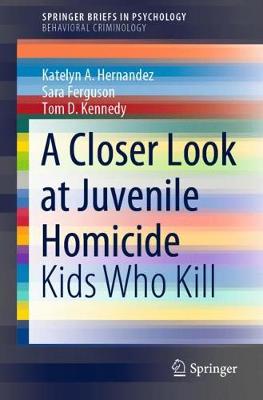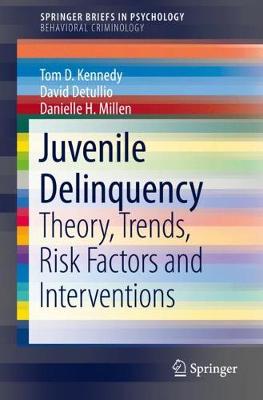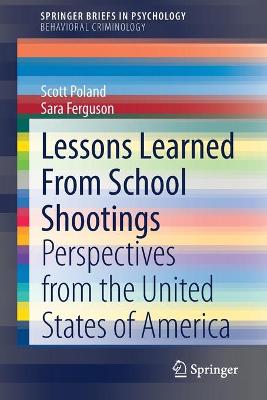SpringerBriefs in Behavioral Criminology
3 total works
A Closer Look at Juvenile Homicide
by Katelyn A. Hernandez, Sara Ferguson, and Tom D. Kennedy
This book focuses on the small but disturbing percentage of homicides by children that occur each year, providing a brief overview of the legal, individual, and social aspects of this phenomenon. Since the 1980s, these crimes have been on the rise and the resulting legal response has been harsher punishments as well as treatment of children like adults. This has led to a host of failures in the juvenile justice system wherein recidivism is high and general outcome is low. The book reviews the literature on youth homicide, including gender, age, and race factors, as well as individual, familial, and environmental risks. The authors seek to aid in the identification and understanding of juvenile homicide to raise awareness of both a population that receives little formal psychological intervention and of the systemic deficiencies that affect these individuals as well as society itself. Exploring current theories, trends, and common factors in juvenile homicide, this brief aims to improve prevention, intervention, and reintegration of young offenders into the community.
Juvenile Delinquency
by Tom D. Kennedy, David Detullio, and Danielle H. Millen
This brief explores the current theories, trends, risk factors, and intervention efforts related to juvenile crime. Although arrest rates for juveniles in the US have declined over the last two decades, the amount of severe crimes warrants increased examination as the US reports higher rates than most other developed countries. The authors examine individual, family, and environmental risk and protective factors for juvenile crime, while considering the need for better integration of treatment into critically at-risk areas of the community. Covering notable topics of interest for researchers and public policy makers alike, this brief provides an overview of factors and trends related to juvenile crime, aiming to support more effective, evidence-based treatment and prevention.
This brief investigates school shootings and their impact on individual, community, and societal levels. It includes professional and personal perspectives from individuals directly involved in and impacted by school shootings. These novel perspectives will help inform best practices necessary to strengthen school safety measures, as well as prevention and response efforts. This brief will serve as helpful guide to mental health professionals, school administrators, psychology students and educators, law enforcement, and threat management and crisis response teams, aiding in better understanding of the many factors surrounding school shootings.


